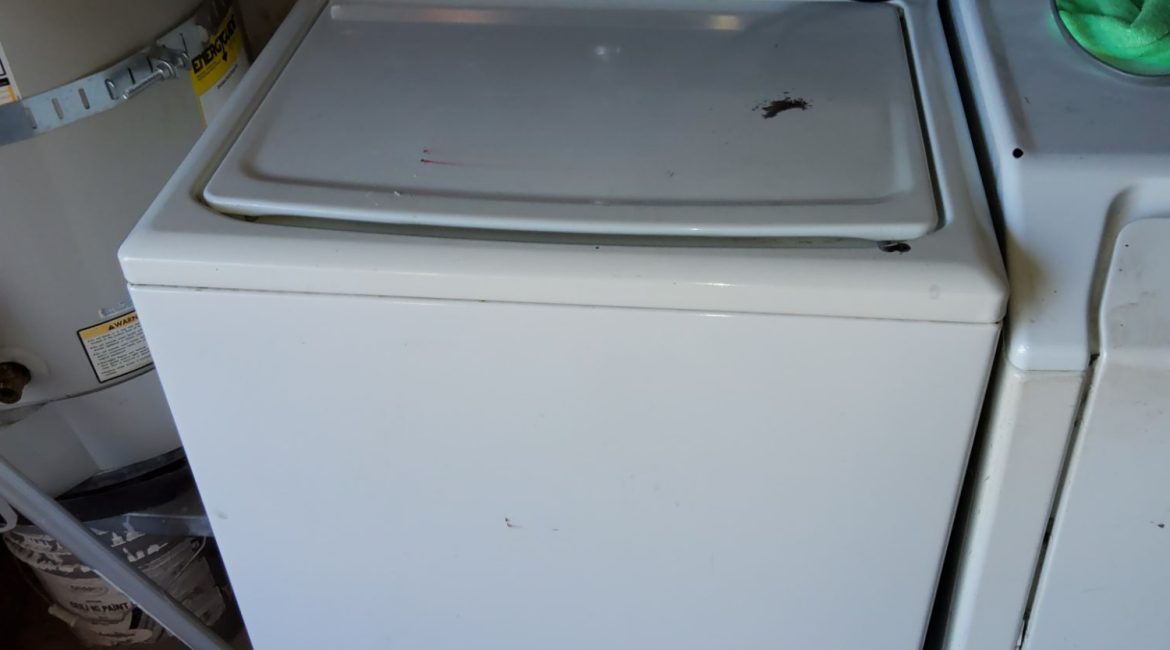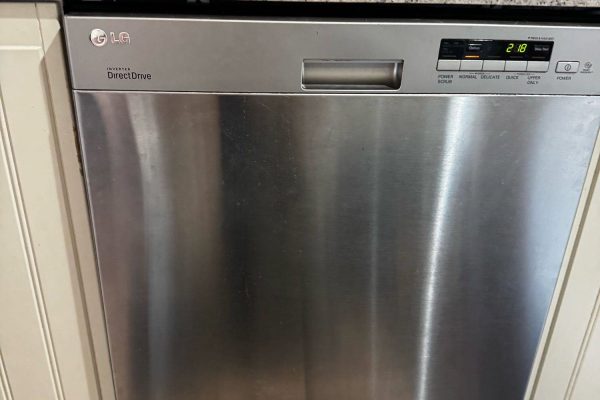There’s nothing more frustrating than opening your washing machine to find that unpleasant moldy odor. This issue can happen in both front-loading and top-loading machines, and it’s not just annoying—it’s a sign that moisture has been trapped somewhere inside the machine, creating the ideal conditions for mold and mildew growth. Fortunately, the problem can be fixed. Here’s how to get rid of mold odor in your washing machine once and for all.
Understanding Why Mold Grows in Washing Machines
Mold thrives in warm, damp environments, and a washing machine provides the perfect conditions. The moisture left inside the drum, detergent compartments, and seals creates an ideal breeding ground. In addition, front-loading washers are especially susceptible to mold growth due to their airtight design, which doesn’t allow air to circulate properly after the washing cycle is complete.
Common causes of mold growth in washing machines include:
- Leaving the door closed after washing: The door trap in front-loading washers can trap moisture, causing mold and mildew to grow.
- Excess detergent or fabric softener: Using too much detergent or fabric softener can leave behind residue that attracts mold.
- Dirty seals and gaskets: Rubber seals, especially on front-loading washers, often accumulate moisture and detergent, making them a prime location for mold.
- Infrequent cleaning: Washing machines need regular maintenance to prevent mold and odors from developing.
Step-by-Step Guide to Remove Mold Odor
Now that we understand the cause of the issue, let’s dive into how you can get rid of that moldy smell and prevent it from returning.
1. Clean the Door Seal
For front-loading machines, the rubber seal around the door is often the culprit. This area is prone to mold and mildew because it remains damp after every wash. To clean the door seal:
- Wipe down the rubber seal with a damp cloth after every use to remove excess moisture.
- Use a mixture of equal parts water and white vinegar or hydrogen peroxide (3% concentration) to scrub any visible mold. You can also use a specialized mold cleaner.
- Be sure to dry the rubber seal completely after each wash to prevent moisture buildup.
2. Run a Hot Wash with Vinegar
One of the best ways to clean the interior of your washing machine is by running an empty cycle with hot water and vinegar. This will help kill any mold and remove the odor.
- Pour two cups of white vinegar directly into the drum.
- Set your washing machine to the hottest water setting and run a full cycle.
- If the smell persists, repeat the cycle with another cup of vinegar or use baking soda (1 cup) instead.
3. Clean the Detergent Dispenser
Over time, detergent and fabric softener can build up in the dispenser and contribute to mold growth. To clean it:
- Remove the detergent drawer from the machine and wash it with warm soapy water.
- Scrub away any mold or residue using a brush or sponge.
- Be sure to dry it completely before reinserting it.
4. Leave the Door Open After Use
One of the easiest ways to prevent mold from growing in the future is to leave the washing machine door open after each use. This allows air to circulate and helps to dry out the drum and seals, preventing mold from taking hold.
5. Use a Washing Machine Cleaner
There are specialized washing machine cleaners available that help remove mold, mildew, and soap scum. These cleaners are formulated to reach the areas that are most difficult to clean, like the drum, pipes, and seals. Follow the manufacturer’s instructions for the best results.
6. Check the Drain and Pump Filter
Clogs in the drain or pump filter can contribute to mold growth by trapping water in the system. Check the drain filter regularly for debris or buildup and clean it out if necessary.
7. Use Less Detergent
Using too much detergent can leave residue behind in the drum and on the seals, making your washing machine more prone to mold. Be sure to use the recommended amount of detergent for each load and consider switching to a high-efficiency detergent for better results.
8. Perform Regular Maintenance
Regular maintenance is key to keeping mold at bay. Run a cleaning cycle once a month to keep your machine in top condition. A cleaning cycle with vinegar or a washing machine cleaner will remove buildup and prevent odors from returning.
Preventing Mold in the Future
The best way to avoid mold odor in your washing machine is through consistent care and maintenance. Here are a few preventative tips:
- Always remove wet clothes promptly after the wash cycle.
- Clean the door seal, detergent drawer, and filters regularly.
- Run a hot water cycle with vinegar every month.
- Leave the door open between washes to allow airflow.
If you notice that the moldy smell persists even after cleaning your washing machine, it could indicate a deeper issue such as a malfunctioning drain pump or a broken seal. In this case, it may be time to call a professional.
If you’ve tried cleaning your washing machine but the moldy smell keeps coming back, it’s time to get professional help. The experts at Oceanside Appliance Service Center can inspect your washing machine, identify any underlying issues, and help restore it to working order. Don’t let mold and odors take over—contact us today for top-quality appliance repair services.
Contact us


